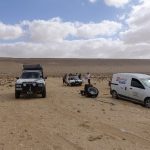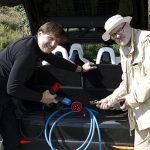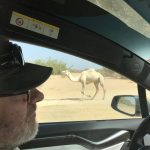The first electric car to take part in the Budapest to Bamako Rally is at the gates of the Sahara. Tesla passenger and pioneer Oleg Mastruko filed his first progress report on Bug.hr on January 17, 2018.
It is a few days since I waved goodbye to my friends Sasa Cvetojevic and Oleg Mastruko and their support car driver, Tomas Ceh Bez Fejsa, in Budapest as they set off on a pioneering journey in the first electric car to attempt to complete the Budapest Bamako rally, an 8500 km journey from the Hungarian capital to Banjul in Gambia, where the biggest challenge for an electric car is going to be crossing the entire Sahara Desert. Oleg has filed his first trip report on progress so far:
After the start of the Budapest-Bamako rally came the first leg (a multi-day supermarathon, as the organisers call it), out of 14 total. The roads are good, but the section is tough considering the long distances and eternal problem – lack of chargers for electric vehicles in EU countries as well, let alone in Africa.
The supermarathon is a segment in which teams must travel from Budapest to Midelt, where the serious African legs begin. Some categories allow for the changing or adapting of the route.
This year, most of the crews had an issue with the delayed ferry from Genoa (those that chose that option, we luckily didn’t) and with snow in the Atlas Mountains, which prevented some teams, maybe even most, form arriving to Midelt on time. The choice of the ferry was also part of the tactics. We chose the option to ride through Hungary, Croatia, Slovenia, northern Italy, along the French and Spanish coast and take the ferry from Algericas – a Spanish port due west of Gibraltar – to Ceuta, which not many teams decide on, and descending down the eastern coast of Morocco to Casablanca, which a larger number of crews do choose.
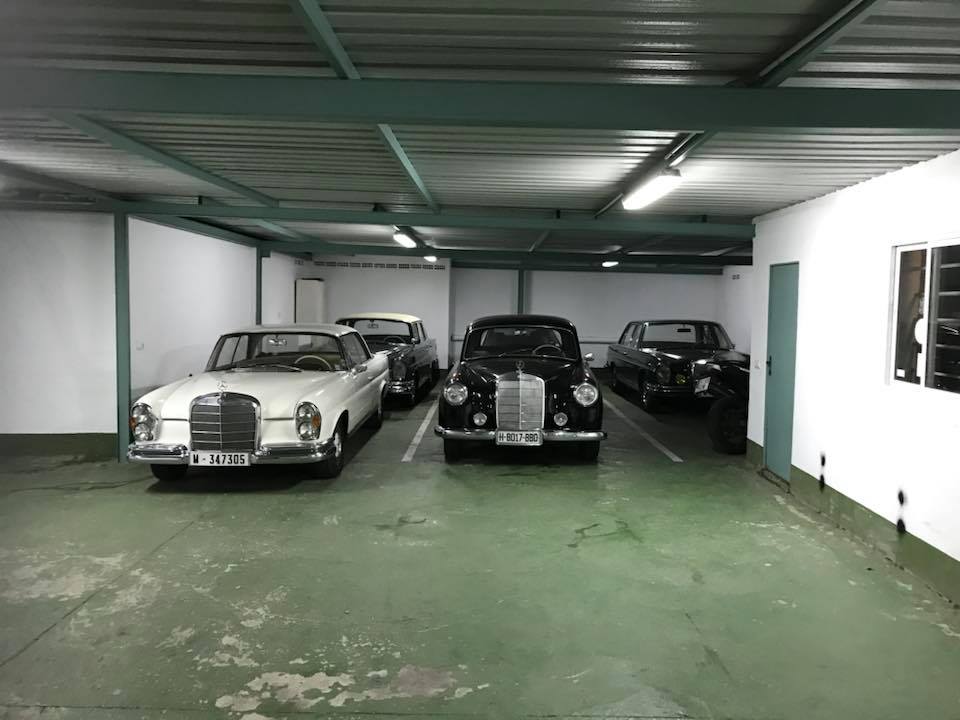
Upon arrival to the south of Spain there are several options for crossing – we aimed for Tarifa, but when arriving around midnight the hostel with a strong, previously researched charger was closed, and not for a day or two, but for several months, for renovations. Hotels which are not prepared for electric vehicles have a hard time understanding what we need, even when a simple plug is needed and a little good will. Saša eventually found a place to stay between Tarifa and Algercias, and not just any – Tesla spent the night in a garage surrounded by vintage Mercedes cars, the owner is obviously a collector.
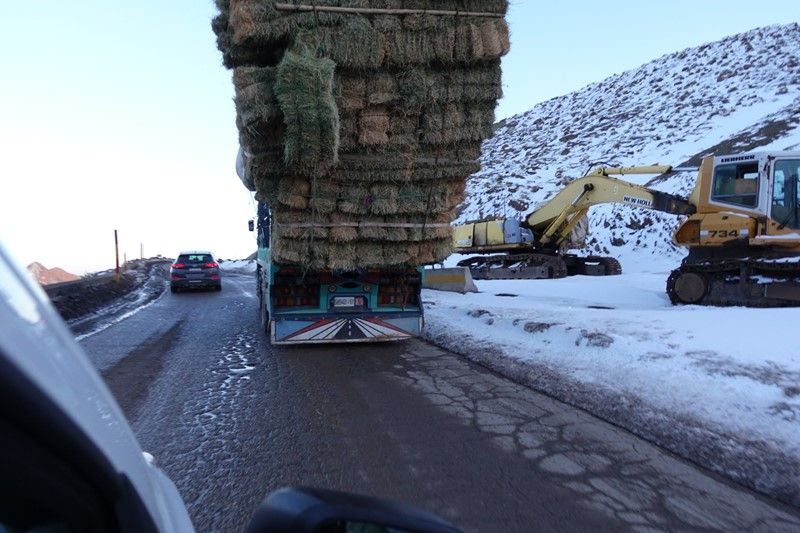
Climbing the Atlas, in the snow zone
Maybe these problems seem odd for something called a rally (“haha look at these guys, looking for a plug”), but these are the intricacies of partaking with an electric vehicle.
The overnight place determined also the ferry port for crossing into Africa, and partially the location of entry to the continent. Ceuta is a Spanish (part of EU) enclave on the African side, some strolling around town and we were off to the border which we dealt with unusually quickly. Border crossings from enclaves – besides Ceuta there is also Mellila – are more or less “ordinary” crossings between two countries, where traffic flows, and not ports where 200 vehicles disembark a ferry and choke the commonly nervous police and customs.
We left Ceuta in the afternoon, but the roads remained of European quality, so by the evening we reached Casablanca without any problems. Somewhere south of Tangier the Tesla popped a notification that we are leaving the zone of known chargers, and that not even Elon Musk can help us from there on – we are on our own.
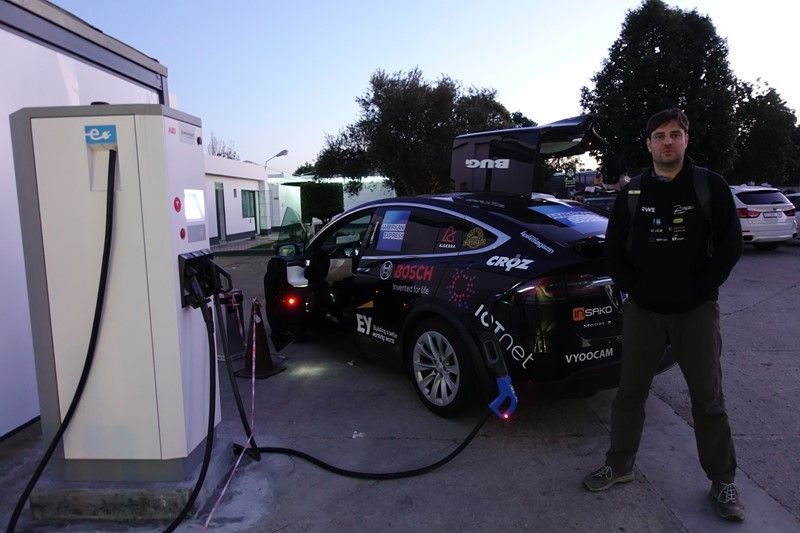
Charging on a guerilla charger at Kenitra
At Kenitra there is a charger installed with the means of the Tesla Club Morocco. The country has a small number of Tesla owners, and as there is no official support, nor have corporations recognised the potential to install their chargers, they get by with their own initiatives.
From Casablanca to Ourzazate the roads are much poorer and traverse the Atlas mountain range, up to the height of 2260 metres (for the road, the peaks are above 4.000), it is cold and there is snow, but not in quantities to stop a vehicle. We ended the day in Ourzazate, where the larger meeting point of teams is this year and from where on Wednesday begins the third leg to Tafraoute.
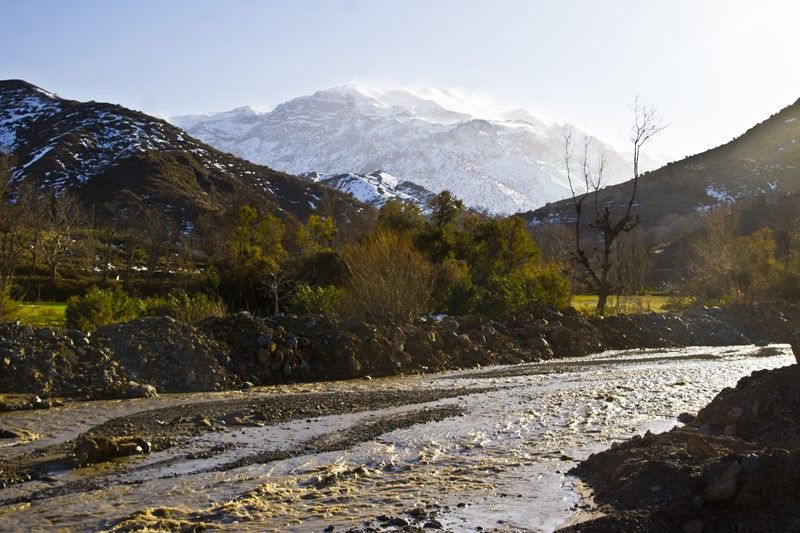
Atlas Mountains, close to the highest point of the rally
One of Saša’s Tesla tricks, which we used on Moroccan highways from Rabat to reducing consumption and extend radius, is to delegate the Dacia support car in front to parse the air and reduce air resistance for the Tesla driving close behind. The economy benefits are large. For such driving it is also paramount for the front driver to be reliable, as it can be quite stressful for him too.
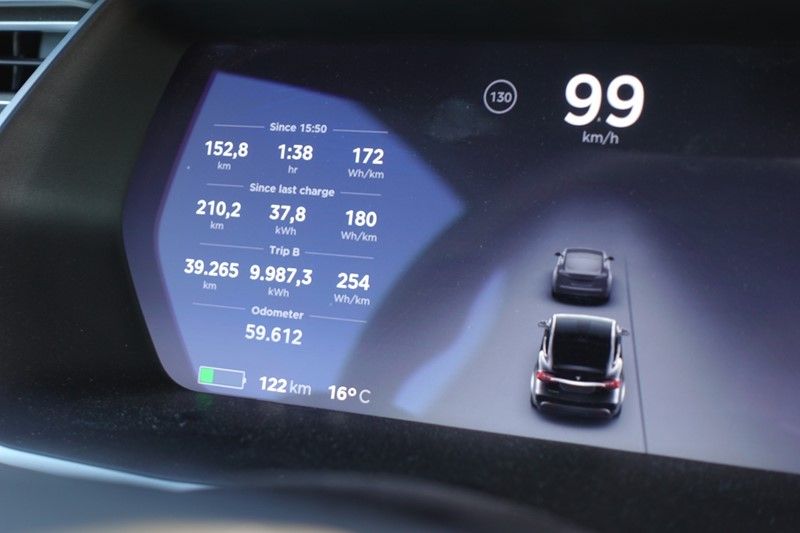
Driving behind a lead car can generate energy savings
An old trick known to cycling fans and other sports, here in a specific application at the first participation of an electric vehicle in the Bamako rally.
Moroccan roads along the coast to Casablanca are excellent, so besides energy management and distance this does not yet have a sense of adventure, the coming days will bring deteriorating roads, not to speak of the power infrastructure… at speeds of 25-30 km/h which we expect in the coming legs this trick serves no purpose…
****
Now take a tour of the filming location of Kingdom of Heaven, starring Jeremy Irons, with expert tour guides Oleg and Sasa – click on the photo below.
Follow Team Tesla – RWE on their crazy journey via the official Facebook group.


